Media | Articles
North Wilkesboro Speedway will return, and here’s how they did it
With some 79 laps left, Jeff Gordon had slipped around Dale Earnhardt on the fourth yellow flag restart of the 1996 Tyson Holly Farms 400. Sprinting out of the tight confines of the short track’s oval banks, reeling every inch he could on the inside line with Dale Jarrett breathing down his neck. Earnhardt held tight on the outside of both, fenders close enough that air could barely split the difference between them. Gordon wasn’t just defending the lead at North Wilkesboro that weekend; he was defending his first-ever championship, with two of NASCAR’s feistiest titans biting at his tail feathers. The fans weren’t sure what to make of Gordon. He was too young, a different generation than the Jarretts and Earnhardts of NASCAR, driving a Chevrolet considered too colorful for some eyes as well. Yet he was leading an all-star pack with all the confidence of an elder statesman.
Missing from that pack: Junior Johnson, the local favorite, who just couldn’t bring himself to turn a wheel at the legendary short track knowing it would be the last time. Johnson’s first Grand National race had taken place right there in North Wilkesboro. His absence was noted, but it wasn’t fatal to the crowd interest, which was justifiably high. On the final ten laps, the leaders had begun chipping through lapped traffic, Gordon miraculously pulling more distance on the Intimidator against the full field of 37 cars crowding every available square foot of track.
The tricky thing about these short tracks, especially older ones like North Wilkesboro with their shallower banks, is that the drivers have to work hard to preserve the car. They can’t coast into corners like at the super speedways, instead riding hard on the brakes to dive down on the apron before finessing the throttle as if it were made of thin glass into each straight, balancing on the edge of a Cup car’s mechanical grip on the tires. The lower speeds of a 5/8-mile oval make it hard to generate downforce. To make matters worse at North Wilkesboro, the track was famously on an angle too, with one bank higher than the other, creating up- and down-hill straights that required a precise rhythm to churn out quick laps. Going downhill on the main straight was like piloting a burly pinewood derby car, before slingshotting back uphill for the back straight.
“North Wilkesboro was probably one of the most challenging short tracks that we went to. Hard to get ahold of, very slick, really unique,” Gordon later said. “The banking and radius of the corners as well as the uphill, downhill aspect of it. It was just really old school. Very old school and I felt like I was lost the first couple of times that I went there.” It’s a combination of factors that split the real drivers quickly from the warm bodies cruising in billboards. Gordon fought through the latter as he took the checkered flag with a relatively drama-free finish ahead of Earnhardt, who trailed by nearly two seconds in the congestion. While the first race at Wilkesboro Speedway in 1949 was won on an average speed of 47 mph, Gordon had maintained a pace twice that, marking nearly a half-century of stock car progress.
Marketplace
Buy and sell classics with confidence
60,000 fans slowly trickled out of the grandstands, burning as much of the track’s sights into their memories as possible while lingering. This was it, North Wilkesboro was done for. ESPN Speed World closed their broadcast like most others, rattling off the weekend’s statistics, next weekend’s schedule, before signing off with a short vignette on Enoch Staley, the track’s founder, and the drivers who cemented their names in its legacy. Staley had died of a stroke the year earlier, and later the family begrudgingly sold their shares of track out to Bruton Smith and Bob Bahre. They shut the track down immediately afterwards. The backlash over moving North Wilkesboro Speedway’s dates to Smith’s new Texas Motor Speedway and Bahre’s New Hampshire Motor Speedway for 1997 was no secret, either; the two men hired private security during the final race at North Wilkesboro to keep irate NASCAR fans at distance.
In the intervening 25 years, there have been a few false starts for the old track, chugging and puffing like a cold carburetor before stalling out again. Money has been the biggest issue. Prior to its closing, the decades-old facility was already lagging behind in maintenance and modern amenities. Getting it back up to operable condition always required millions that nobody could assemble — by ethical or extralegal means. Until Steve Wilson, a co-founder of Save the Speedway, organized the current push that resulted in $18-million in funding coming to the fabled track in the coming years.
“We were just a group of people who found out in 2005 that there was this loosely organized group of people in Wilkes County trying to get something done, but didn’t have a game plan.” Crucially, with this being a publicly-funded proposal, they had to emphasize how funding would go to serve the community. “Especially on what to do with the speedway with both what series and non-motorsports events could be done there. It needed to be more than a speedway, it would just never be able to survive as a racing facility alone, it needed to branch out to over things.” Wilson mentioned the idea of hosting film festivals and concerts, car shows, drive-through Christmas displays. “The possibilities are endless, but it was a way to find uses for the speedway throughout the year,” he contended and not just from a handful of races before sitting dormant for the majority of the year.”
Building their original case for the track also considered the economic impact lost to its closure. It had once been a major attraction for the small town of North Wilkesboro. “It goes back to 2001 when there was an independent survey on NASCAR tracks and their impact on local communities,” Wilson discovered. “Among those facilities was North Wilkesboro even though it had closed five years prior. They found out that Wilkes County was losing 10s of millions of dollars in economic development. Somewhere around 2015, 2016 it was updated having shown $30- to $50-million”
Progress was slow with the perennial cycle of politicians either retiring or ending their terms, meaning that groups like Save the Speedway had to start over again on selling the history of the track and the plans to resurrect it, but they eventually found traction with Wilkes County state representative Jeffrey Elmore, who became a powerful advocate for the track and one of the key figures in securing the budget signed this year. “It was pretty important to know you had a representative that was going to get Wilkesboro enough money to support some of the projects that were really needed to revitalize the speedway,” Wilson explained. “Such as the water, the roads, and the sewers around the speedway. He really did work to get the money to get the support needed for the revival of the speedway.” While the larger utility jobs are a ways off, already the track has seen major cleanup thanks to swaths of volunteers tackling overgrowth around the access roads along with getting rid of buildings that are just too far gone to save, from either age or vandalism and arson. Crucially, the speedway itself has been kept safe from Mother Nature’s encroaching reach thanks to the sole employee on North Wilkesboro Speedway’s payroll these past years, groundskeeper Paul Call. With over half a century of time at the track, Call’s quiet care of the course has ensured that there’s a track worth saving behind all the nostalgia.
“This track has been around since prior to 1949 when the first races were run, and Enoch Staley, the builder and owner of the track, was influential in bringing promoters together into that famous meeting at the Streamline Hotel in Daytona,” said Wilson, referring to the day when NASCAR was formed between an organization of stock car racing’s mightiest track promoters of the era — many of whom were personally invited by Staley. “The very first champion of as was crowned there at the end of the 1949 season, and no other track can lay a claim to this. It’s one of only two tracks in the original season that still remain standing today, Martinsville being the other.” Wilkes County was deeply invested to the cat-and-mouse game between regulators and moonshiners, it’s where the proverbial ‘shine runners contested that their hot rod was the quickest until someone pounded out a dirt oval and challenged them to prove it. Staley opened North Wilkesboro in 1947 and hosted NASCAR’s season-closer in 1949 after he played a pivotal role in organizing the sanctioning body. The track’s reputation for fast and tricky racing grew quickly. Paved in 1957, the course remained a twice-a-year mainstay on what would evolve into the Winston Cup Series by 1996. It’s this legacy that Save the Speedway is seeking to preserve. North Wilkesboro is not just a simple race track; it is woven into the region’s history and its successes.
“Just to see where the track was in 96 and to see where it is today. All the trials and all the tribulations, and all the times that we could have just said ‘I just give up’ and walked away, it’s made it worth it to see this finally happen,” Wilson admitted. “It’s been an emotional journey up and down throughout the years, and it’s just… We’re excited to see what happens next.”
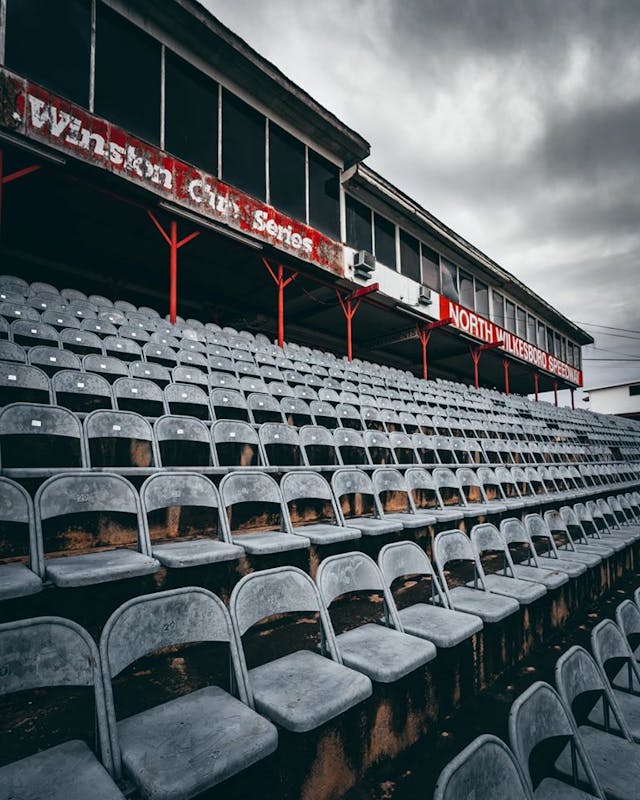



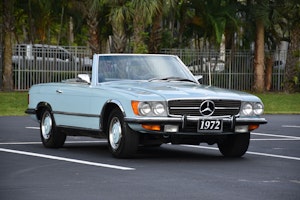
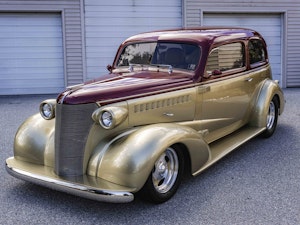
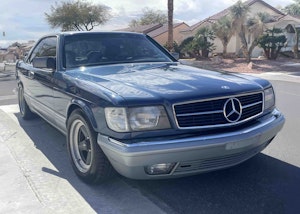
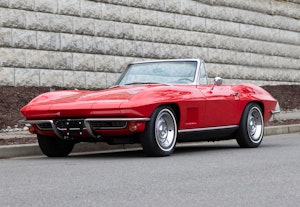

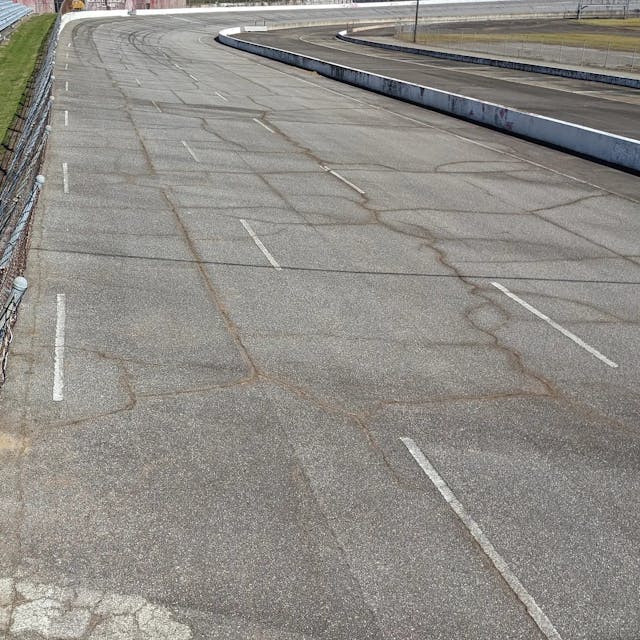




Went to my 1st Nascar race here! And was sad to hear there would be no more races at this legendary track. 1st place I ever seen Dale Earnhardt dice his way through traffic,a place where U can see the whole race,and never miss a bit of the action! So glad it’s going to be reopened. A lot of history in this old track,And close to my home town of Winston Salem, NC. 🏎👘🏁🏎👘🏁🏎👘🏁
I went to north Hillsboro back in the 70.I glad they opening it back up